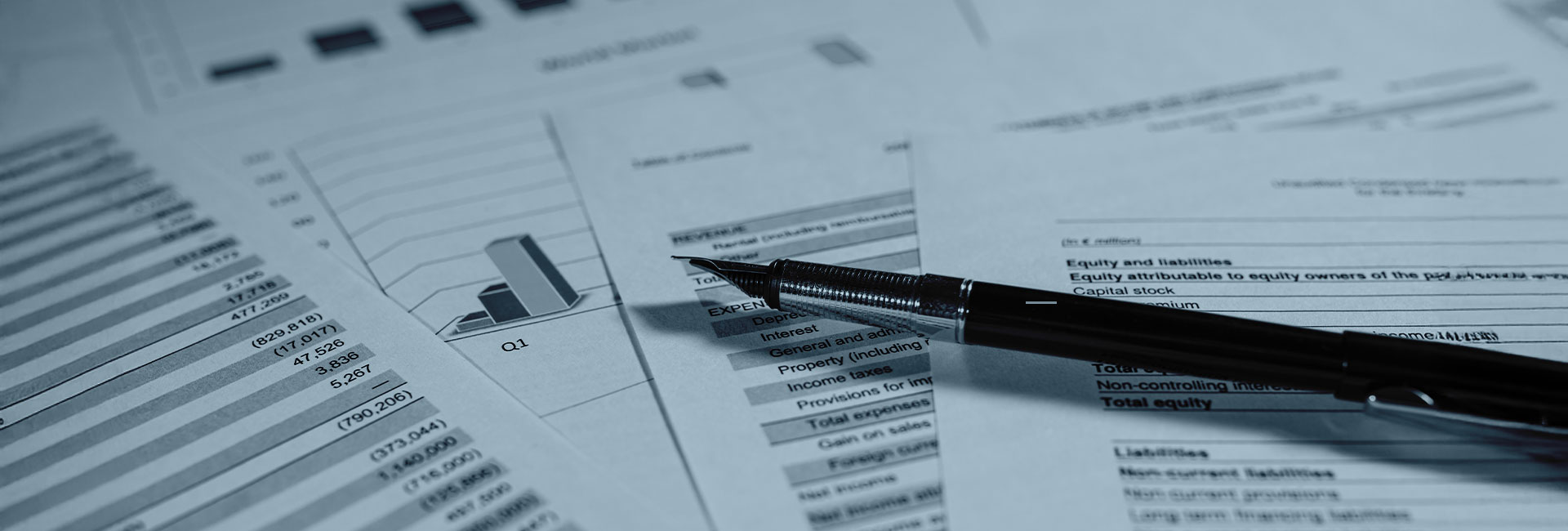The fiduciary duties that directors owe a Delaware corporation and its shareholders are generally held to expand to include the interests of creditors when the company is insolvent or in the "zone of insolvency." A hot topic among directors, particularly those serving on boards of troubled companies, is how best to meet their fiduciary duties and avoid the potential for personal liability in these situations.
One of the most important decisions in recent years on this issue came from the Delaware Court of Chancery, the corporate law court, in November 2004 in a case called Production Resources. Why is the case important? In short, the Production Resources court interpreted the law in a way that gives directors more protection when they make business judgments for a troubled company.
First, the Production Resources court rejected a trend among some courts and commentators that had sought to impose on directors of insolvent or potentially insolvent corporations a new set of fiduciary duties, beyond those owed to the corporation, in favor of creditors. That trend started back in 1991 with the Court of Chancery decision in the Credit Lyonnais case — the decision that helped coin the phrase “vicinity” or “zone” of insolvency.
Second, it held that the common exculpatory provision found in the corporate charter of most Delaware corporations, protecting directors from liability for monetary damages for a breach of the fiduciary duty of care, applies to claims made by creditors as well as by shareholders or the corporation itself.
This analysis discusses the Production Resources decision in more detail. (A pdf of the analysis is available as well.) A "zone of insolvency" conference last November also produced an interesting discussion reported by Professor Larry Ribstein. If you want to read the 54-page Production Resources decision itself, click here.
The decision’s ultimate impact will depend on whether other courts (including bankruptcy courts where these issues are often litigated) decide to follow its approach — so stay tuned.

